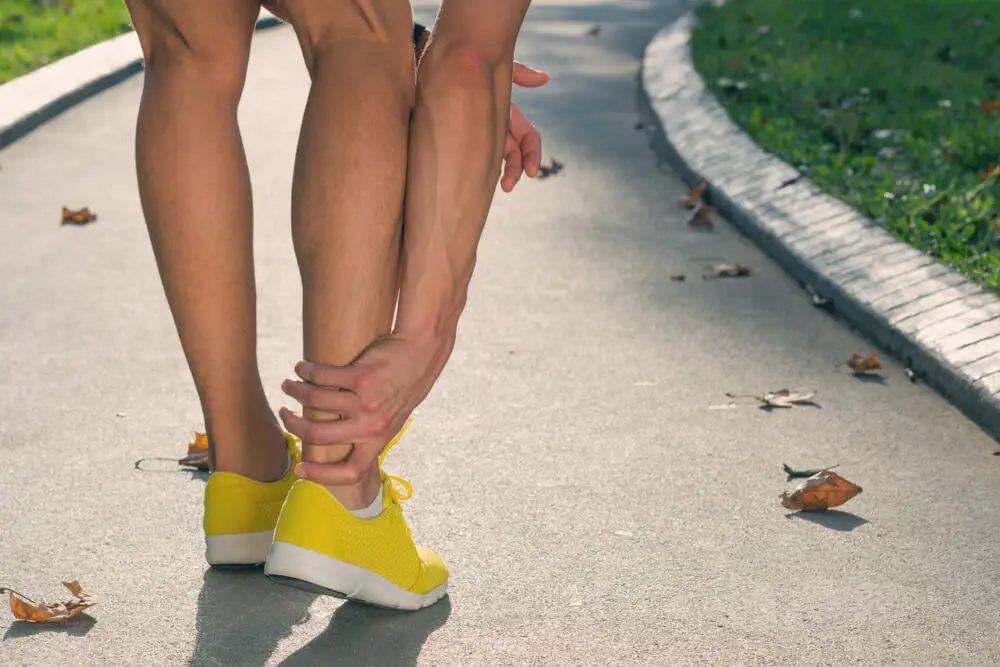The calcaneal tendon, also known as the Achilles tendon, is the largest, thickest and strongest tendon in the body. It is located at the back of the leg, just above the ankle. The calcaneal tendon connects the calf muscle to the heel bone and is essential for stability and shock absorption when:
- Walking
- Running
- Jumping
- Climbing
When the calcaneal tendon becomes inflamed or irritated, it can cause pain in your heel. Calcaneal tendon pain can respond well to conservative treatments, including physical therapy.
6 potential causes of calcaneal tendon pain
Potential causes of calcaneal tendon pain include:
- Achilles tendinitis — This is the most common cause of calcaneal tendon pain. It occurs when the Achilles tendon becomes inflamed due to:
- Overuse
- Injury
- Age-related changes
- Retrocalcaneal bursitis — This condition occurs when the bursa, a small, fluid-filled sac behind the Achilles tendon, becomes inflamed.
- Bone spurs — Bone spurs can form on the heel bone and irritate the Achilles tendon.
- Tight calf muscles — Tight calf muscles can put extra strain on the Achilles tendon and contribute to pain.
- Arthritis — Arthritis, such as osteoarthritis or rheumatoid arthritis, can cause inflammation and pain in the heel.
- Achilles tendon rupture — In severe cases, the Achilles tendon can tear or rupture, causing sudden, severe pain and a popping sensation.
Treatments for calcaneal tendon pain
The treatment for calcaneal tendon pain will depend on the underlying cause and severity of your symptoms. However, conservative treatments that can help include:
- RICE method — The RICE method is a simple yet effective approach used to treat conditions that can be behind calcaneal tendon pain. It involves:
- Rest — Avoiding activities that make the pain worse is essential.
- Ice — Using ice packs applied to the affected area can help reduce inflammation and pain.
- Compression — Wearing a compression bandage or sock can help provide additional support and reduce swelling.
- Elevation — Elevating the affected foot can help reduce swelling.
- Physical therapy — Physical therapy is an effective way to manage calcaneal tendon pain. Physical therapy treatments can include:
- Therapeutic exercises
- Manual therapy
- Balance and proprioception therapy
- Kinesiology taping
- Medication — Over-the-counter nonsteroidal anti-inflammatory drugs (NSAIDs) like ibuprofen or naproxen can help reduce pain and inflammation.
If conservative measures don’t lead to symptom improvement, or symptoms continue to linger or get worse, further evaluation by a health care professional may be needed.
Advent PT can treat your calcaneal tendon pain
At Advent PT, we understand the discomfort and limitations that dealing with calcaneal tendon pain can cause. Our team of experienced physical therapists is dedicated to providing a personalized treatment plan tailored to your specific needs using effective physical therapy techniques. We can help you find relief from pain and discomfort for better foot health.
Call us or request an appointment today for help alleviating calcaneal tendon pain.
